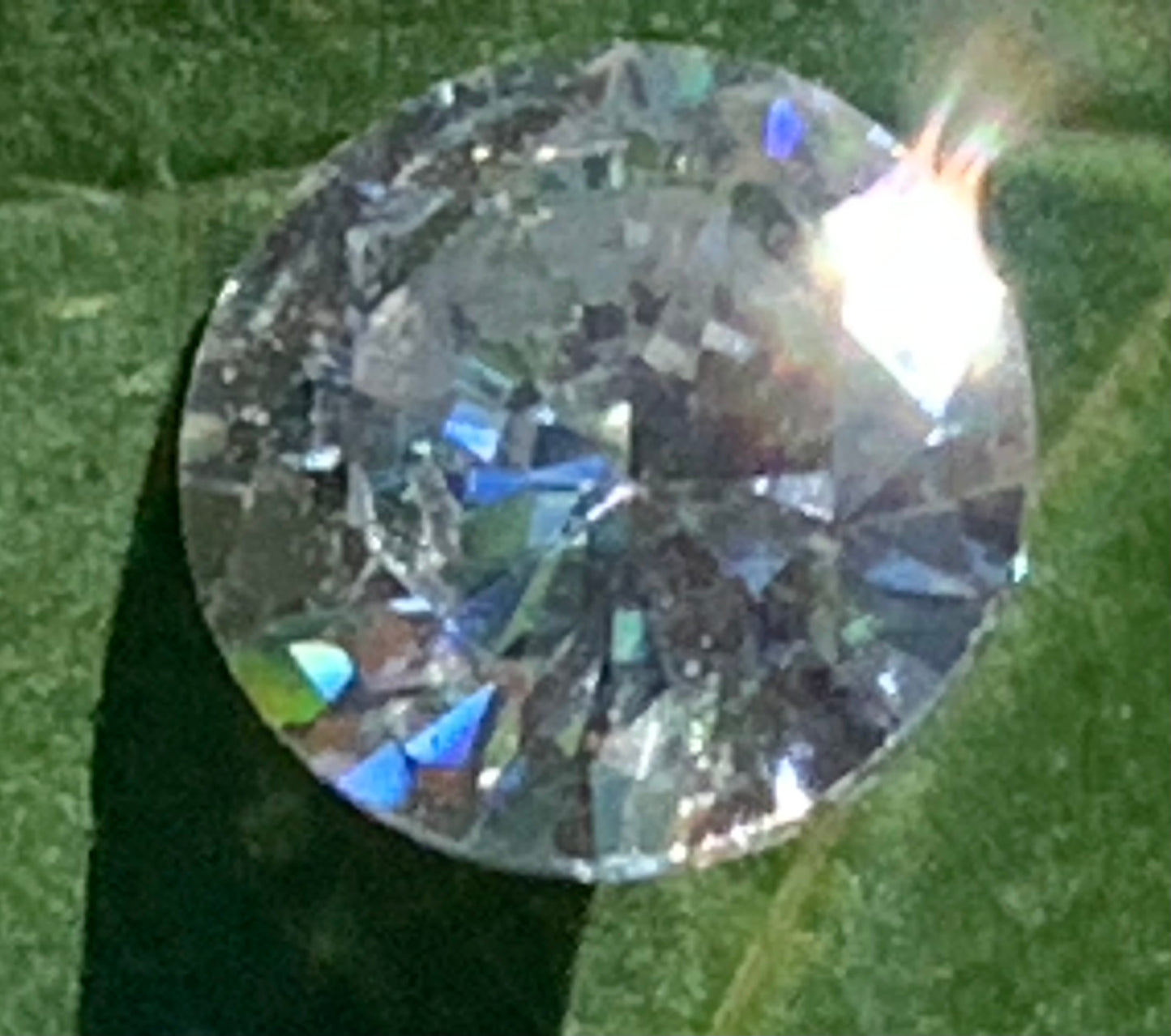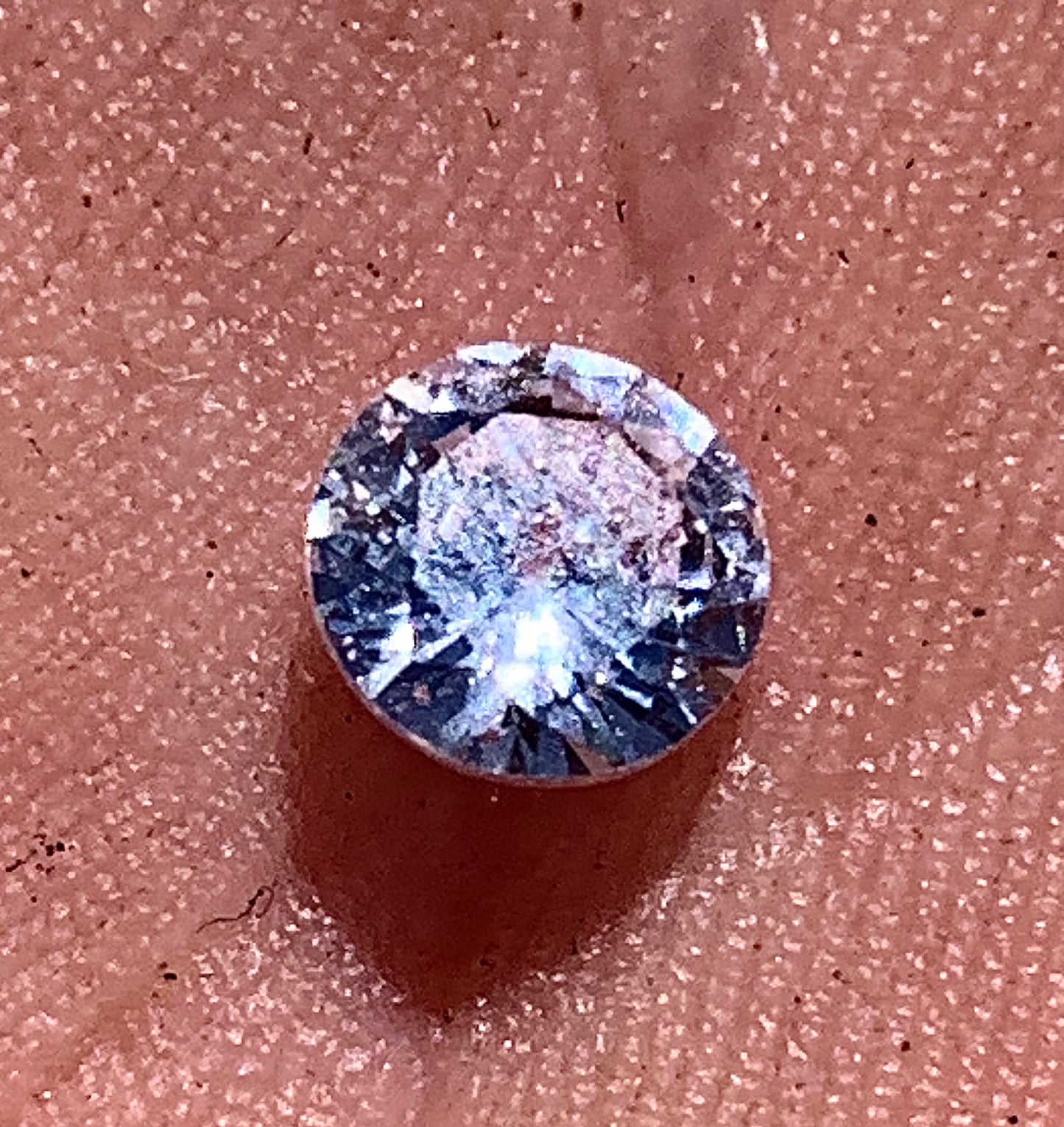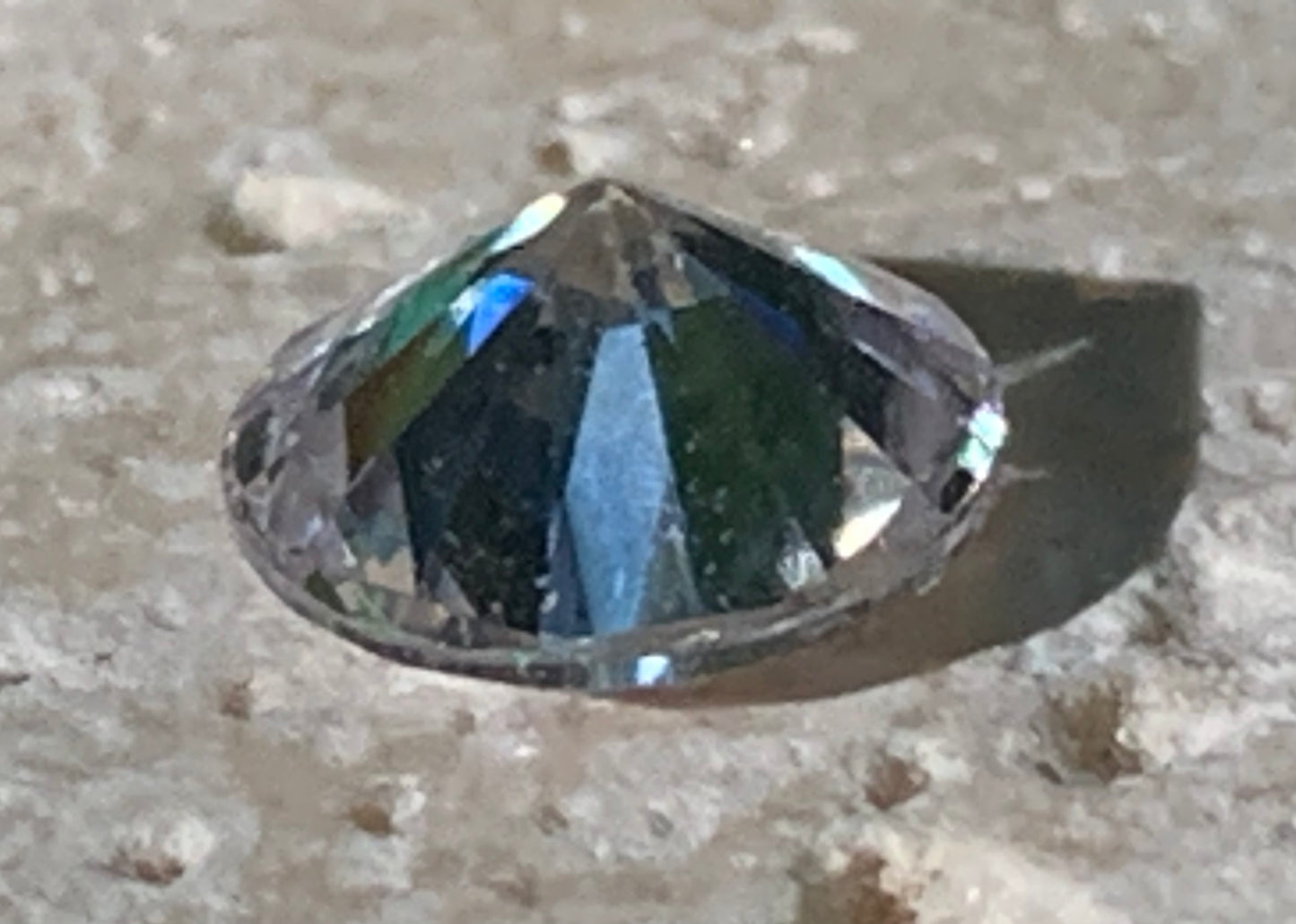Moissanite, 5mm x 5 x 4 - 1.33 carat. Excellent alternative to diamond, appreciated for its exceptional brilliance, perfect for collection, jewelry, exhibition...
Moissanite, 5mm x 5 x 4 - 1.33 carat. Excellent alternative to diamond, appreciated for its exceptional brilliance, perfect for collection, jewelry, exhibition...
Couldn't load pickup availability
About the product:
💎 Mineral / Gem Type: Moissanite
🌍 ⛏️ Origin: USA
📐 Dimensions: 5 millimeters long x 5 wide x 4 thick
⚖️ Weight : 1.33 carats
🔷 Shape: Round
🎁 Comes with a presentation box with certificate from Gem & Zen, ideal for giving as a gift or treating yourself!
💍 Suggested use:
Jewelry: ring, pendant...
Collectible: Displayed on a stand to highlight the reflections
Personal talisman: Associated with energetic protection
📜 Moissanite is a gemstone composed of silicon carbide (SiC). It is an excellent alternative to diamonds, prized for its exceptional brilliance, durability, and affordability.
Discovered in 1893 by French chemist Henri Moissan in a meteorite crater in Arizona.
Moissanite is an ethical and sustainable stone, perfect for those seeking beauty, awareness, and balance.
Acts as an energy amplifier , like quartz, but with a more "celestial" or "cosmic" vibration, due to its meteoritic origins.
Vibrational stone of light, clarity and celestial connection.
✅ Benefits of Moissanite
Intense brilliance, often more flamboyant than that of diamonds.
Ethics: no risk of conflict diamonds.
Excellent value for money.
Resistance suitable for an engagement ring or everyday jewelry.
📋 Mineralogical sheet:
| Appearance | Moissanite |
|---|
| Category | Carbide (very rare mineral in nature) |
| Chemical formula | SiC (silicon carbide) |
| Crystal system | Hexagonal |
| Hardness (Mohs) | 9.25 (just after the diamond) |
| Density | 3.2 – 3.3 |
| Color | Colorless to slightly yellowish, greenish or grayish; in jewelry, almost colorless due to synthesis |
| Glow | Adamantine, very strong (more brilliant than diamond in dispersion) |
| Transparency | Transparent |
| Special feature | Discovered in a meteorite crater; rare in nature → produced mainly in laboratories for jewelry |
| Main deposits | Diablo Canyon Crater (Arizona, USA); laboratory synthesis (USA, China, etc.) |
| Discovery | 1893 by Henri Moissan (Nobel Prize in Chemistry) |
| Use | Jewelry (alternative to diamonds), precision optics, high-performance electronics |
| Virtues (lithotherapy) | Amplifies vital energy, stimulates mental clarity and creativity, promotes spiritual evolution and self-confidence |
| Associated Chakras | Crown (spirituality), Third Eye (intuition) |
| Astrological sign | Leo, Aries, Aquarius |
| Purification | Distilled water, fumigation (sage, incense) |
| Recharging | Soft sunlight, moonlight, quartz clusters |
| Short story | Discovered by Henri Moissan in 1893 in a meteorite crater in Arizona, moissanite was initially mistaken for a diamond. Identified as silicon carbide , it is considered a mineral “from the stars.” Its natural rarity has led to its synthesis, making it a highly prized gemstone in jewelry today as an alternative to diamonds. |
Share

























